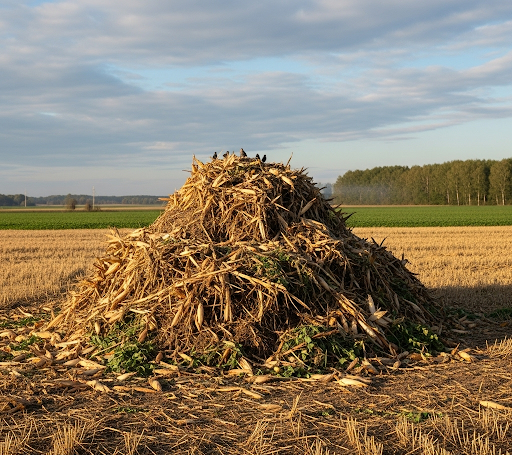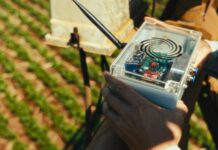According to Research Intelo, the Agricultural Waste Power market size was valued at $12.4 billion in 2024 and is projected to reach $27.8 billion by 2033, expanding at a CAGR of 9.2% during 2024–2033.
The agricultural waste power market is emerging as a vital component of the global renewable energy transition. With increasing pressure to reduce carbon emissions, governments and industries are actively seeking sustainable energy solutions. Agricultural residues such as crop husks, straw, animal manure, and processing by-products are being harnessed to generate power, offering both environmental and economic benefits.
Market Overview
The concept of agricultural waste-to-power revolves around converting organic residues into electricity, heat, or biofuels. Technologies like anaerobic digestion, biomass combustion, and gasification are gaining traction as they provide efficient and clean energy solutions. This sector is supported by rising concerns over waste management, rural electrification, and energy diversification strategies.
Key Drivers of Growth
Rising Demand for Clean Energy
The global shift toward low-carbon energy sources is fueling demand for biomass-based electricity. Agricultural residues, once considered a disposal challenge, are now recognized as a renewable feedstock that can replace fossil fuels.
Waste Management Challenges
Farmers and agro-industries generate vast amounts of waste annually. Instead of open burning or landfilling, converting this waste into power provides a dual benefit—reducing environmental hazards while supplying energy.
Government Incentives and Policies
Many countries are implementing subsidies, feed-in tariffs, and renewable energy targets to encourage the adoption of agricultural waste power systems. These incentives make investment in biomass projects more attractive to both farmers and energy companies.
Market Opportunities
Rural Electrification
In developing regions, access to reliable electricity remains limited. Decentralized agricultural waste power plants can play a pivotal role in bridging the rural energy gap while creating local employment.
Technological Advancements
Ongoing research in anaerobic digestion, torrefaction, and advanced biomass boilers is enhancing efficiency and lowering costs. This opens opportunities for large-scale commercial adoption as well as small-scale decentralized applications.
Circular Economy Integration
Agricultural waste power supports a circular economy by recycling farm residues into energy while producing nutrient-rich byproducts such as biochar and digestate, which can be used as organic fertilizers.
Challenges Facing the Market
High Initial Investment
Despite long-term benefits, the capital costs associated with setting up biomass power plants remain a barrier for small and medium-scale farmers.
Feedstock Supply Chain
The seasonal and scattered nature of agricultural residues poses logistical challenges. Efficient collection, storage, and transport systems are crucial for uninterrupted operations.
Technological Awareness
In many rural areas, lack of technical knowledge and awareness limits the adoption of waste-to-energy systems. Greater training and capacity-building programs are needed.
Future Outlook
The agricultural waste power market is expected to grow steadily as renewable energy demand surges and governments prioritize sustainability. Innovations in bioenergy conversion technologies, digital monitoring systems, and efficient supply chain models will accelerate growth. Furthermore, partnerships between farmers, technology providers, and policymakers will play a crucial role in scaling this sector.
Source: https://researchintelo.com/report/agricultural-waste-power-market








